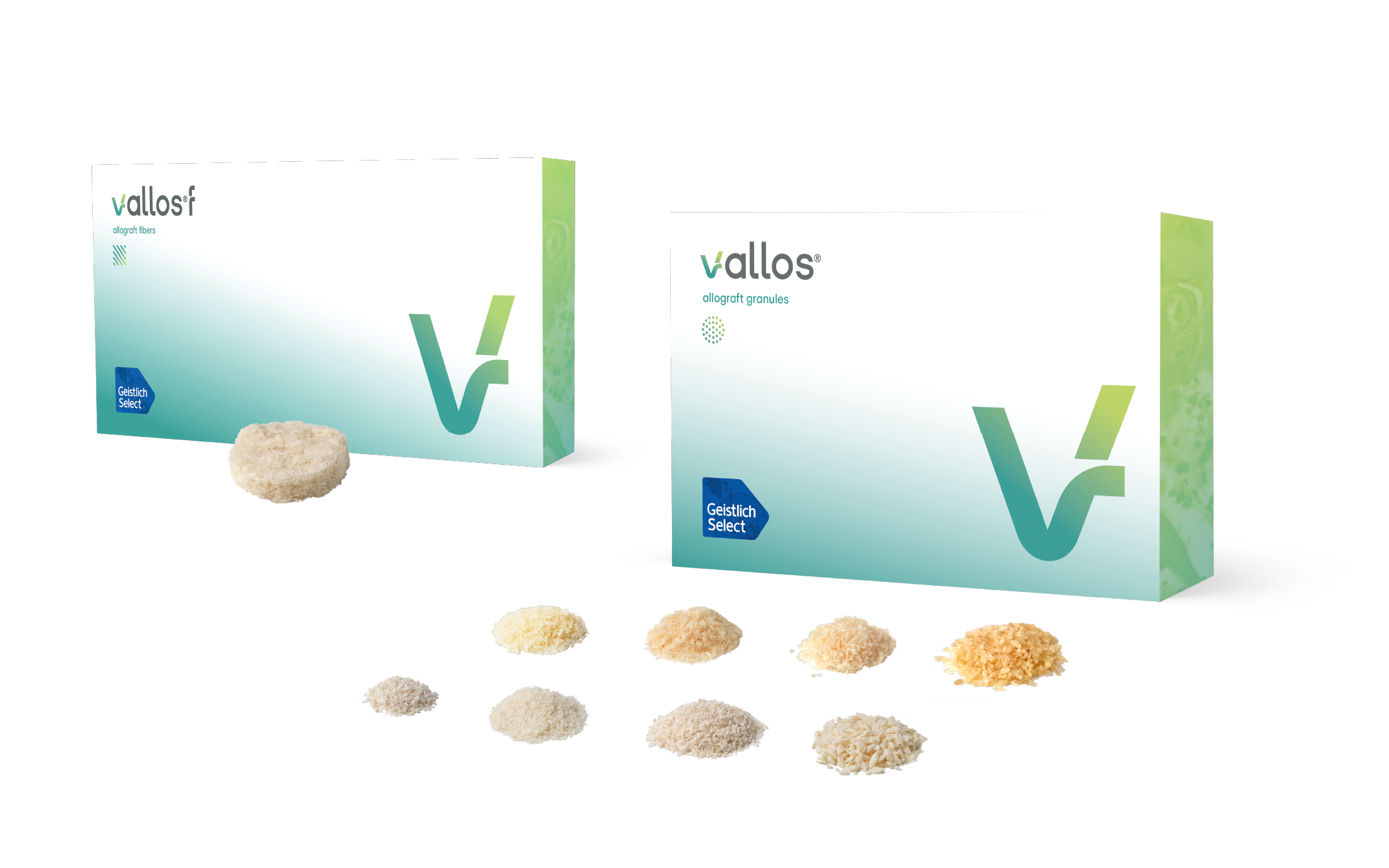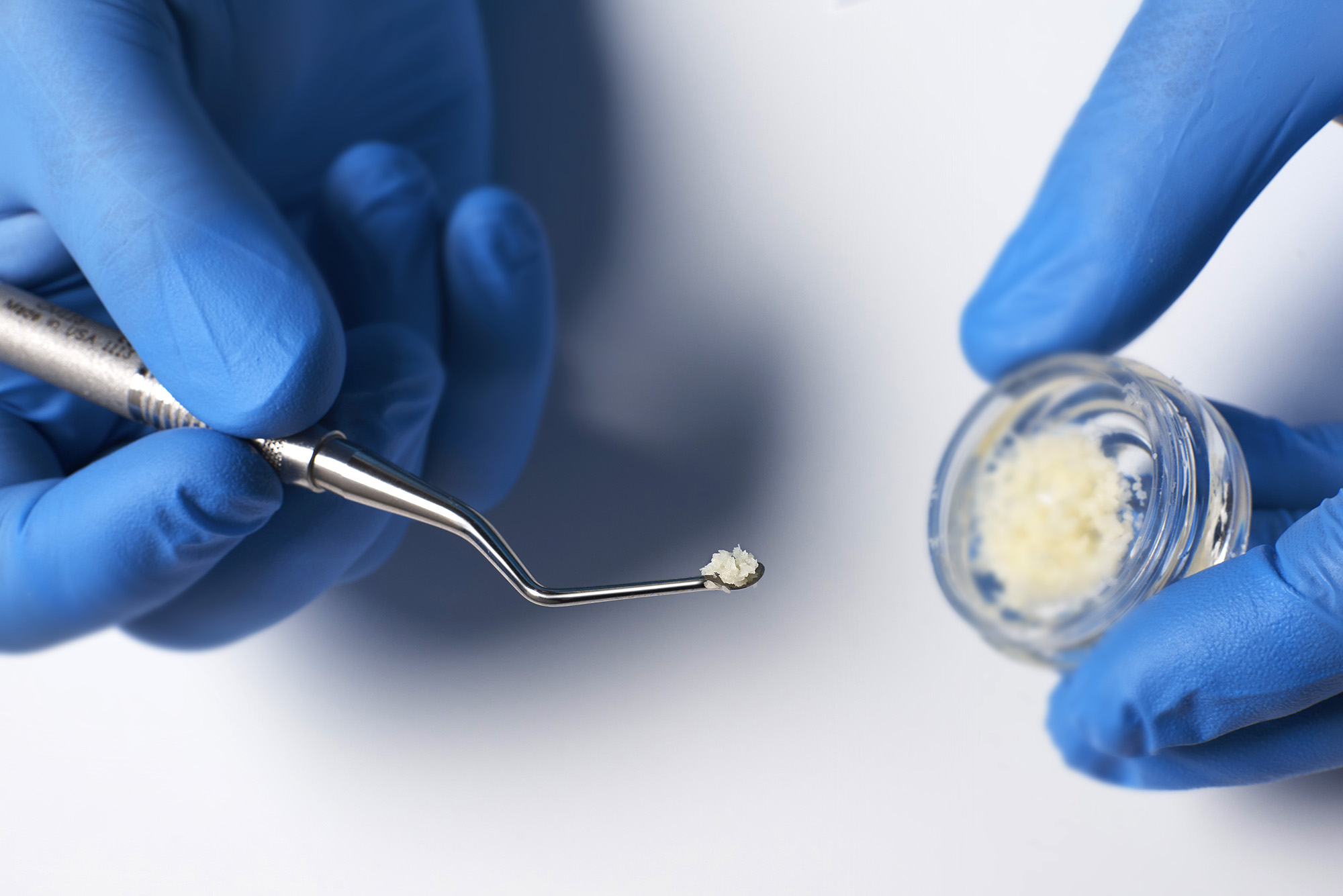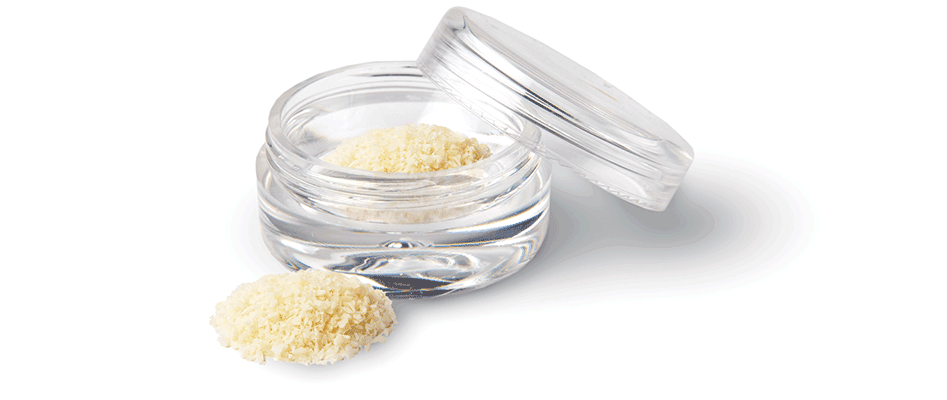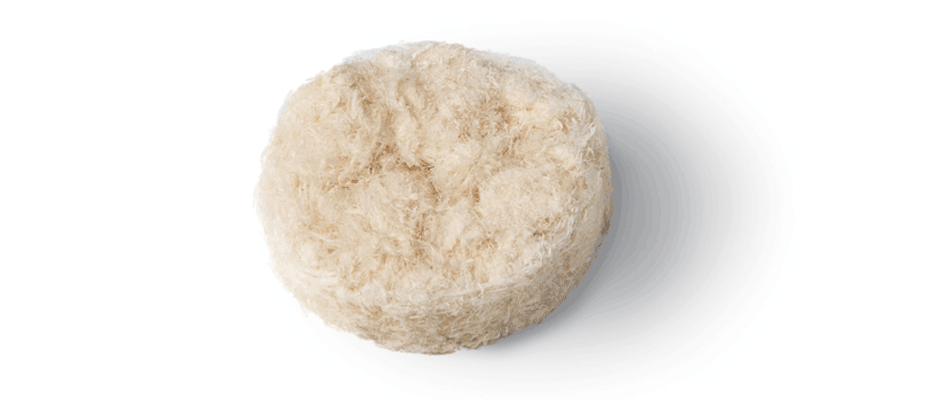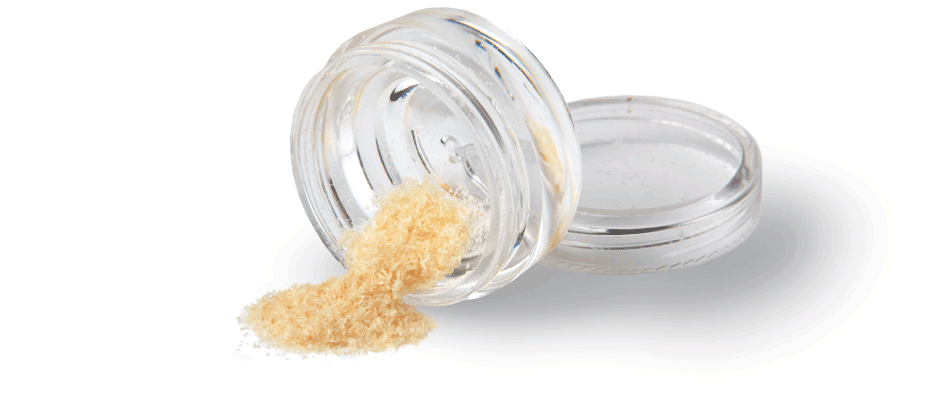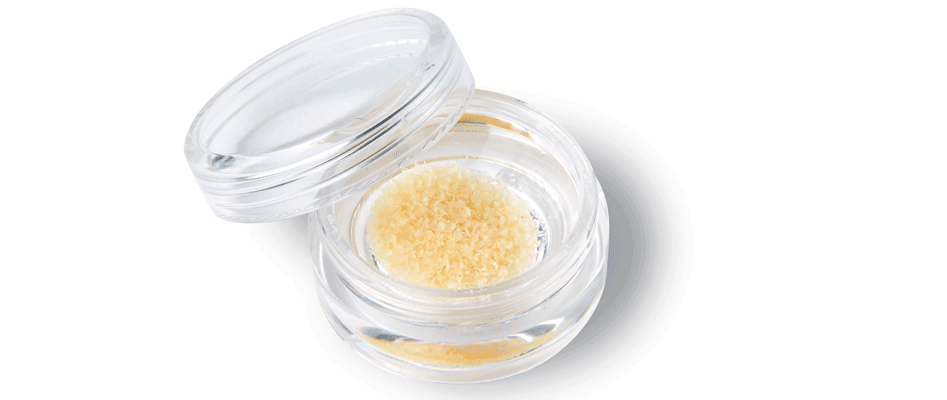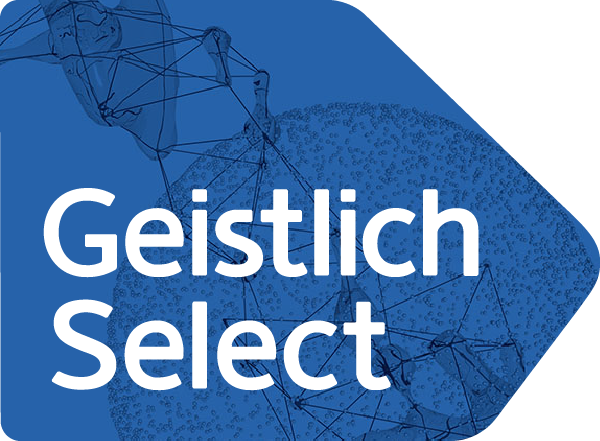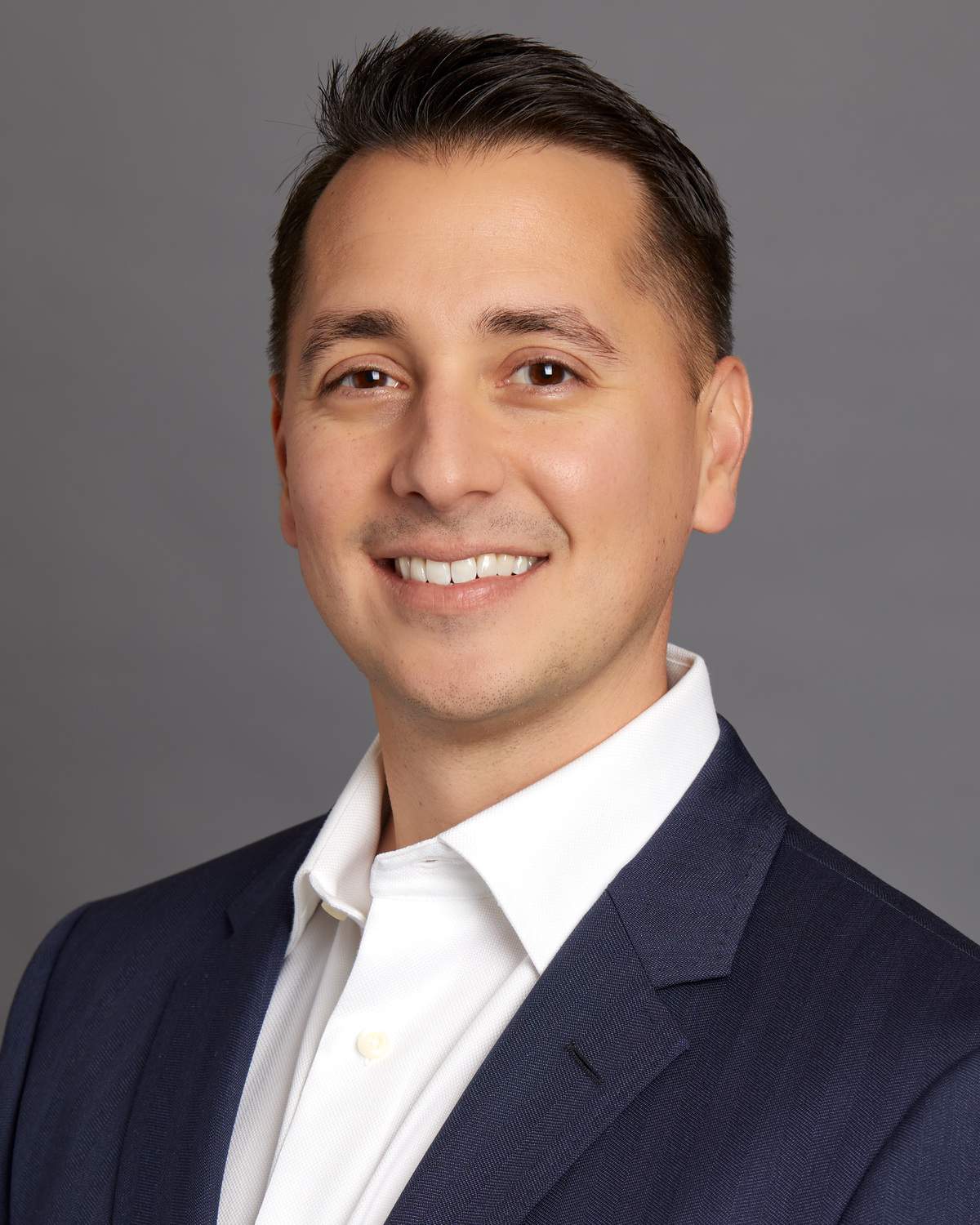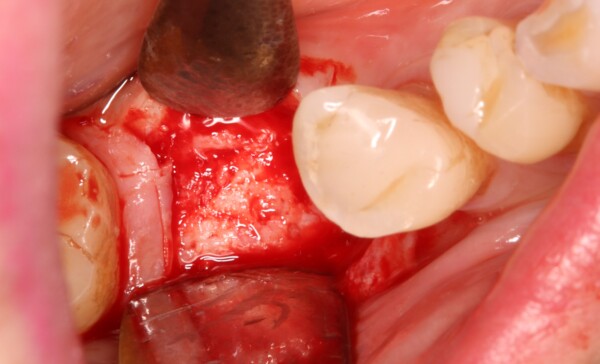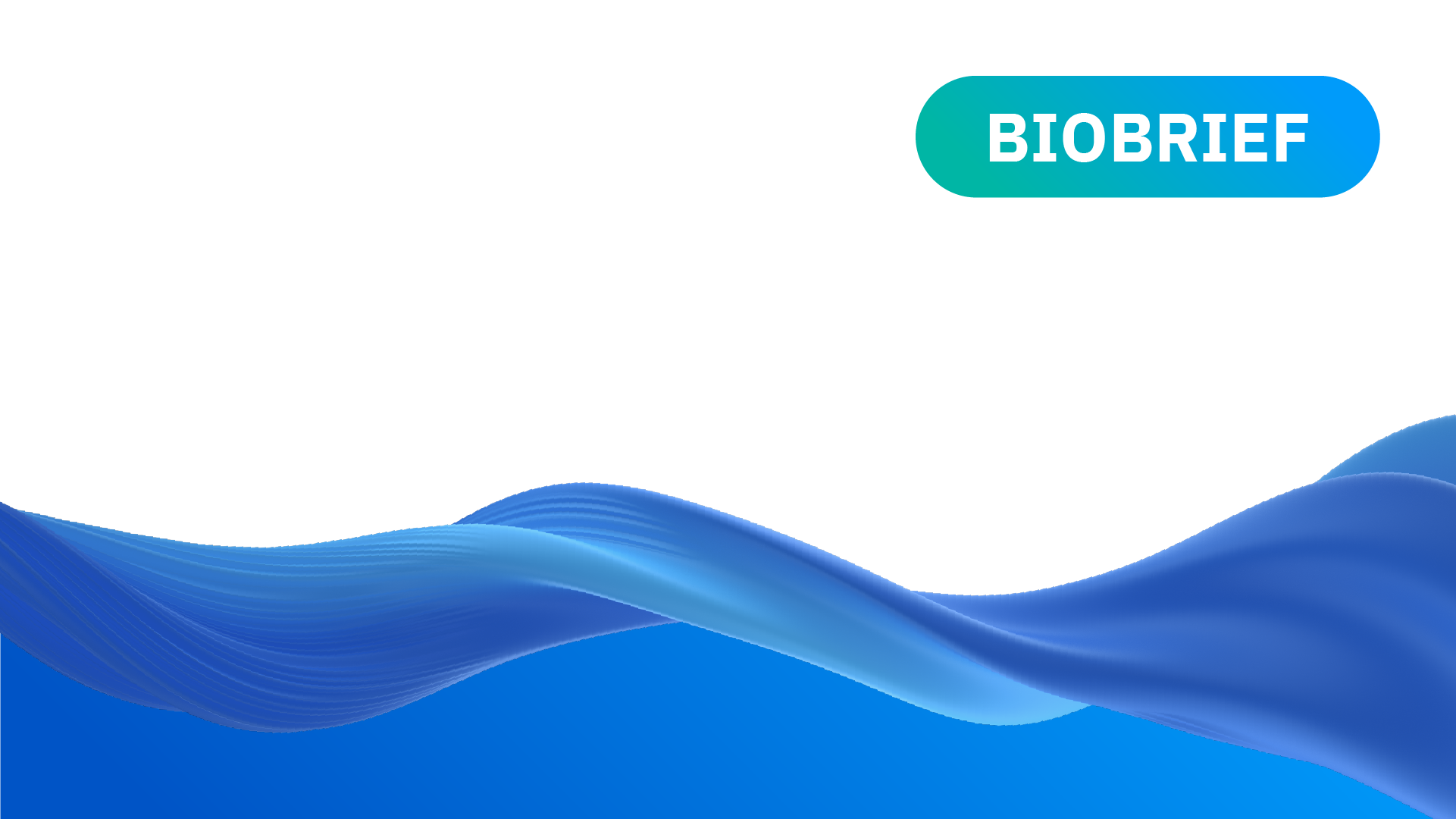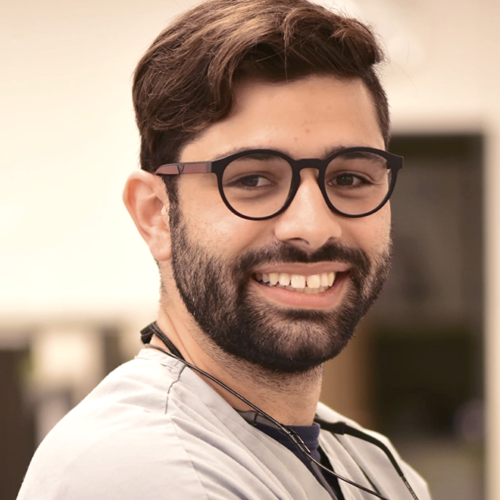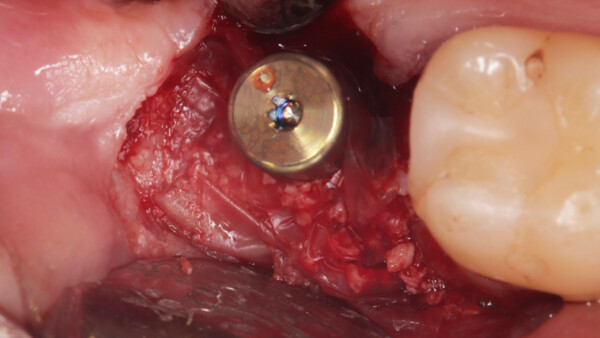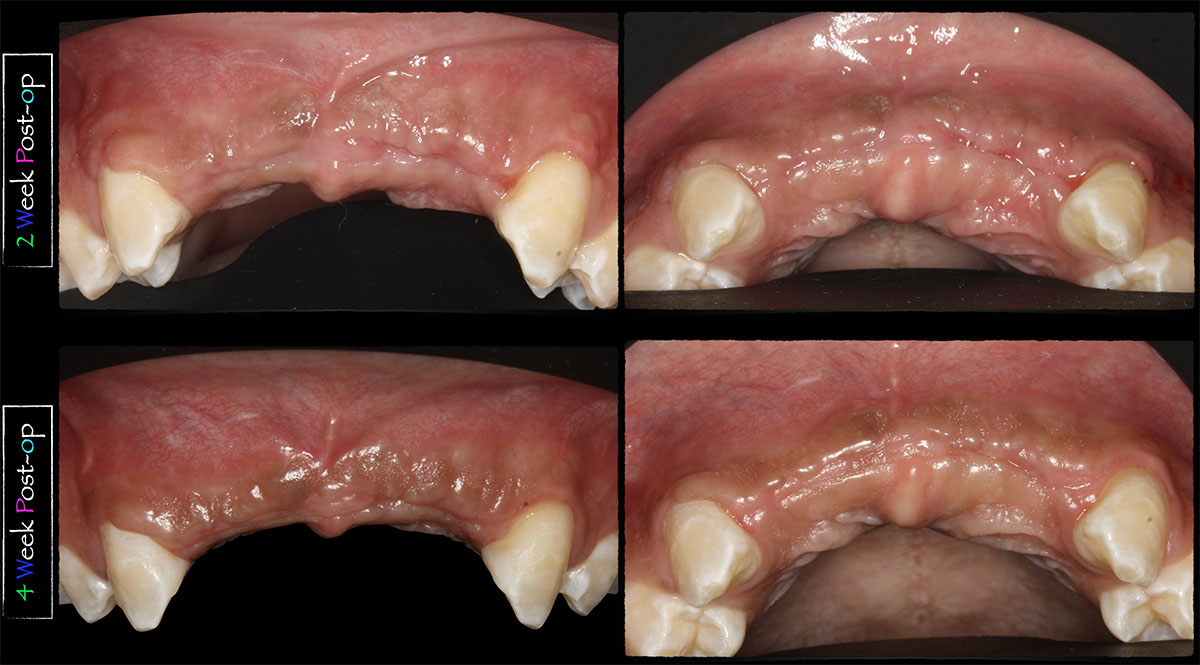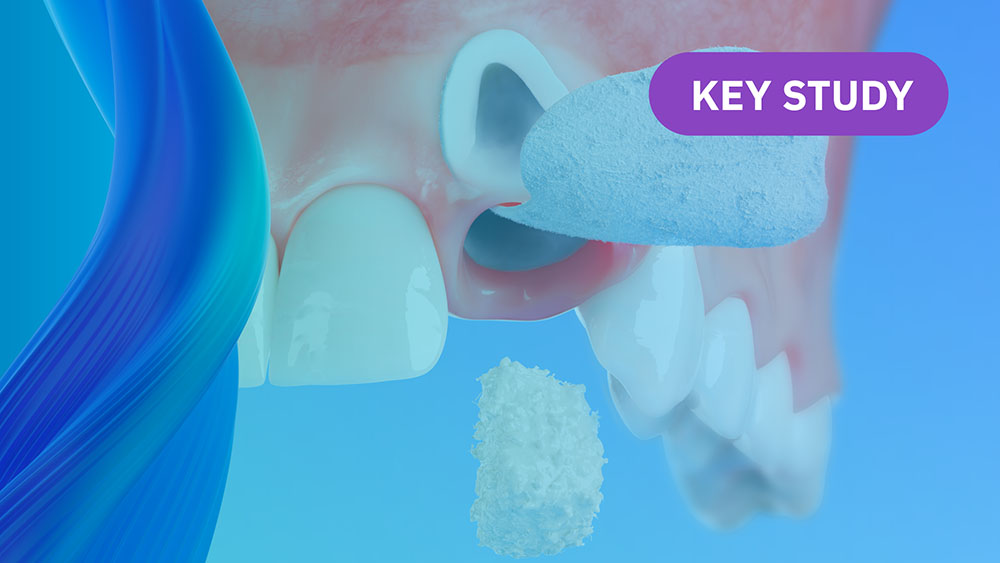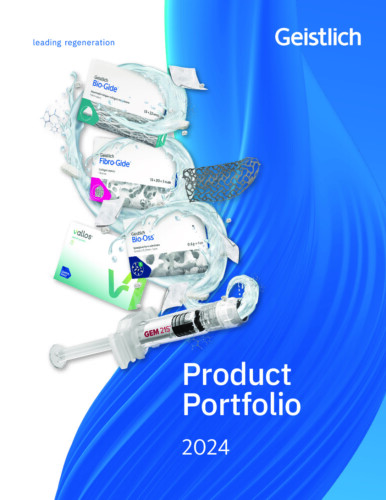How do tissue banks differ?
All tissue banks are required to register with the U.S. Food and Drug Administration (FDA) and are inspected regularly for compliance to federal regulations. The American Association of Tissue Banks (AATB) is a voluntary organization that provides additional recommendations on standards that effect allograft safety and efficacy. Beyond the FDA and the AATB recommendations, each tissue bank has its own methods for donor screening, processing and sterilization which play a role in the effectiveness of the grafts to the patient.
It is important to ask questions regarding a tissue bank’s donor screening criteria, processing methods, testing, and studies to ensure the allografts used meet the clinical need for safety and efficacy.
It is important to note*:
- MTF Biologics is accredited by the AATB and the Standards and International Standards Organization (ISO).
- MTF Biologics’ donor safety criteria are among the most stringent of any tissue bank.
- MTF Biologics meets and exceeds industry, state, and federal standards and regulations.
- MTF Biologics does not accept donors that have been rejected by another tissue processor.
*https://www.mtfbiologics.org/resources/news-press/fact-sheet
How is osteoinductivity (OI) assessed? What impact is processing and sterilization methods on the presence of growth factors in bone?
Several methods exist to evaluate the osteoinductive potential of allografts, both in vivo and in vitro. The gold standard for assessing osteoinductivity for allografts was developed by Marshall Urist known as the “Urist model.” This testing method involves a graft material that is being implanted in the thigh muscle of a small animal (mouse or rat)1. Since then, several in vitro methods (assays) have been developed to assess growth factors in these materials2. The ideal in vitro study is one that is correlated to the gold standard Urist model to ensure the proper level of growth factors to achieve bone growth are present.
Osteoinductivity of allografts can be impacted by both processing and sterilization methods. Several growth factors are found naturally in bone and are bound by calcium. Growth factors become exposed when the bone is treated with solvents, typically acid, to remove the mineral during processing. Tissue banks may use different protocols to remove the mineral to create demineralized bone. This preparation can affect the concentration and potency of the available growth factor within the final product3. In addition, terminal sterilization methods, such as gamma irradiation have been well documented to reduce the osteoinductive potential of demineralized bone up to 50%4. It is important that the osteoinductive potential is assessed post processing and sterilization to ensure that the demineralized bone testing is representative of the final product.
vallos®f’s three-dimensional architecture provides an ideal osteoconductive environment, resulting in easy cell attachment and continued binding throughout the remodeling process.5
Both animal and bench-top studies demonstrate vallos® broad spectrum of osteoinductive growth factors inclusive of BMP-2, BMP-7, PDGF-BB, FGF-1, IGF-1, TGF-B, and VEGF.5
- Urist MR. Bone: Formation by autoinduction. Science, New Series, 1965; 150 (3698), 893-899.
- Tal H, et al.: Clin Oral Implants Res 2008; 19(3): 295-302.
- Becker J, et al.: Clin Oral Implants Res 2009; 20(7): 742-49
- Gertzman AA, Sunwoo M, Raushi D, Dunn M. The Effect of Cold Gamma Radiation Sterilization on the Properties of Demineralised Bone Matrix. In: Kennedy JF, Philips GO, Williams PA, editors. Sterilization of tissues using ionising radiations: CRC Press; 2005. p 151-156.
- Data on File [MTF Biologics]
What is the standard hydration time for demineralized and mineralized allografts?
Typically, the decision of rehydration time is based on the clinician’s preference. Demineralized grafts will readily wick hydration solution in a short period of time.
Each tissue bank will provide recommended rehydration times on their package inserts provided with the allografts and each bank may vary with their instructions for use.
What are the advantages of demineralized bone versus mineralized bone? Where would you use a demineralized allograft versus a mineralized allograft in clinical procedures?
The demineralized bone has increased osteoinductivity potential compared to mineralized bone due to the exposure of growth factors in the matrix. Mineralized allograft remains longer, providing a matrix for new bone formation to occur. The main therapeutic area indication for demineralized allograft is guided tissue regeneration1.
- Gruskin, E. et al. Demineralized bone matrix in bone repair: History and use. Advanced Drug Delivery Reviews 64 (2012) 1063-1077.
Are allografts visible on radiographs?
Mineralized allografts are visible on radiographs due to the mineral content in the materials. Demineralized bone, however, is not visible on radiographs, until the bone is reincorporated as a part of the healing process and becomes mineralized.
What is the resorption profile of a demineralized versus a mineralized allograft?
Demineralized bone will have a faster absorption profile compared to that of mineralized grafts. Mineralized bone grafts will integrate between 6-12 months depending on particle size, whereas demineralized bone grafts will integrate within 18-20 weeks1.
Traditionally a blend of mineralized and demineralized grafts is used to balance the healing process and incorporation times.
- Wood and Mealey, Histologic comparison of healing after tooth extraction with ridge preservation using mineralized versus demineralized freeze-dried bone allograft, J Periodontol, March 2012.
What is MTF Biologics’ Vanguard® Method?
Not all tissue banks are the same, so it’s important to understand how your tissue bank screens and processes tissue.
MTF Biologics’ vast donor recovery network of organ procurement organizations allows MTF Biologics to have strict donor selection criteria, resulting in the acceptance of less than 2 percent of donor referrals.
MTF Biologics is the only tissue bank in the industry to use the VanGuard Method®, a qualitative and quantitative data assessment tool designed to evaluate the incoming bioburden levels of donor tissue.
MTF Biologics’ VanGuard Method™ is used to screen tissue by taking representative samples and testing them. This highly accurate quantitative and qualitative method allows MTF Biologics to direct the tissue down minimally processed aseptic pathways. By employing this state-of-the-art test method, MTF Biologics is able to avoid harsh processing and sterilization techniques.
One hundred percent of MTF Biologics allografts undergo aseptic processing. In summary, MTF Biologics has developed and validated processing techniques that preserve the biological integrity of the tissue by carefully controlling the exposure of the tissue to harsh processing chemicals. MTF Biologics also utilizes stringent aseptic processing which eliminates the need for terminal sterilization. This MTF Biologics differentiating method has resulted in over 10 million allografts distributed with no transmittable diseases.1
- Data on File [MTF Biologics]
What is ratio of vallos®’ coritco-cancellous particles, and why was that ratio that selected?
The ratio of vallos® cortico-cancellous particles is 80% cortical to 20% cancellous by weight. The ratio most closely represents the mass in the human body. Cortical bone represents 80% of the skeletal mass in humans and therefore supports most of the mechanical function, while cancellous bone is only 20% of the skeletal mass but is metabolically four times more active per unit volume than cortical bone.1
vallos® is offered in a wide variety of demineralized and mineralized forms, as well as in provided in either exclusively cortical or cancellous configurations that can be mixed to the desired ratio of choice.
- Metabolic Bone Disease and Clinically Related Disorders (Third Edition), 1998, Pages 237-273, 274e-280e
Are cancellous and cortical bone both osteoconductive?
Yes, both mineralized and demineralized cancellous and cortical bone can provide osteoconduction. Osteoconduction by definition means that bone grows on a surface. An osteoconductive surface is on that permits bone growth on its surface or down into pores, channels or pipes.1
Given that cortical and cancellous bone can serve as a scaffold for ingrowth of new bone, they both can be considered osteoconductive.2
- Eur Spine J (2001) 10: S96–S101 DOI 10.1007/ s005860100282
- Principles of Bony Reconstruction, Steffen Baumeister MD, Günter K. Germann MD, PhD, in The Mutilated Hand, 2005
If MTF Biologics’ aseptic processing does not require terminal sterilization, why are most of Geistlich other offerings terminally sterilized?
While xenografts are regulated as medical devices, most allograft tissue is classified as a Human Cell & Tissue/Product (HCT/P) by the FDA and not as a medical device.
Terminal sterilization for medical devices which include Geistlich’s xenografts are subject to
FDA and other regulatory bodies requirement that the sterilization process be validated, and these validations typically require a bioburden and sterility testing. Sterility testing and bioburden testing are also performed on devices as part of routine quality control.1
- Center for Devices and Radiological Health. (n.d.). Sterilization for medical devices. U.S. Food and Drug Administration. Retrieved February 20, 2023, from https://www.fda.gov/medical-devices/general-hospital-devices-and-supplies/sterilization-medical-devices
What is the FDA regulatory status for vallos®?
vallos® is regulated as a human cell/tissue product (H/CTP) under 21 CFR Part 1271 and Section 361 of the Public Health Services Act. FDA registration listing can be found on the company website at https://www.mtfbiologics.org/licenses-certifications or can be provided upon request.
vallos® is tested for sterility per USP <71> and undergoes a chemical disinfection step. The resulting allograft is tested to confirm no evidence of microbial growth. Note that for MTF allografts, and to comply with the standard, 10% of each lot packaged in its final form will be pulled for destructive sterility testing. MTF Biologics does not subject the allograft to additional terminal sterilization procedures.
How do I access the IFUs for Geistlich products?
The IFUs for Geistlich products can be found using this page.


